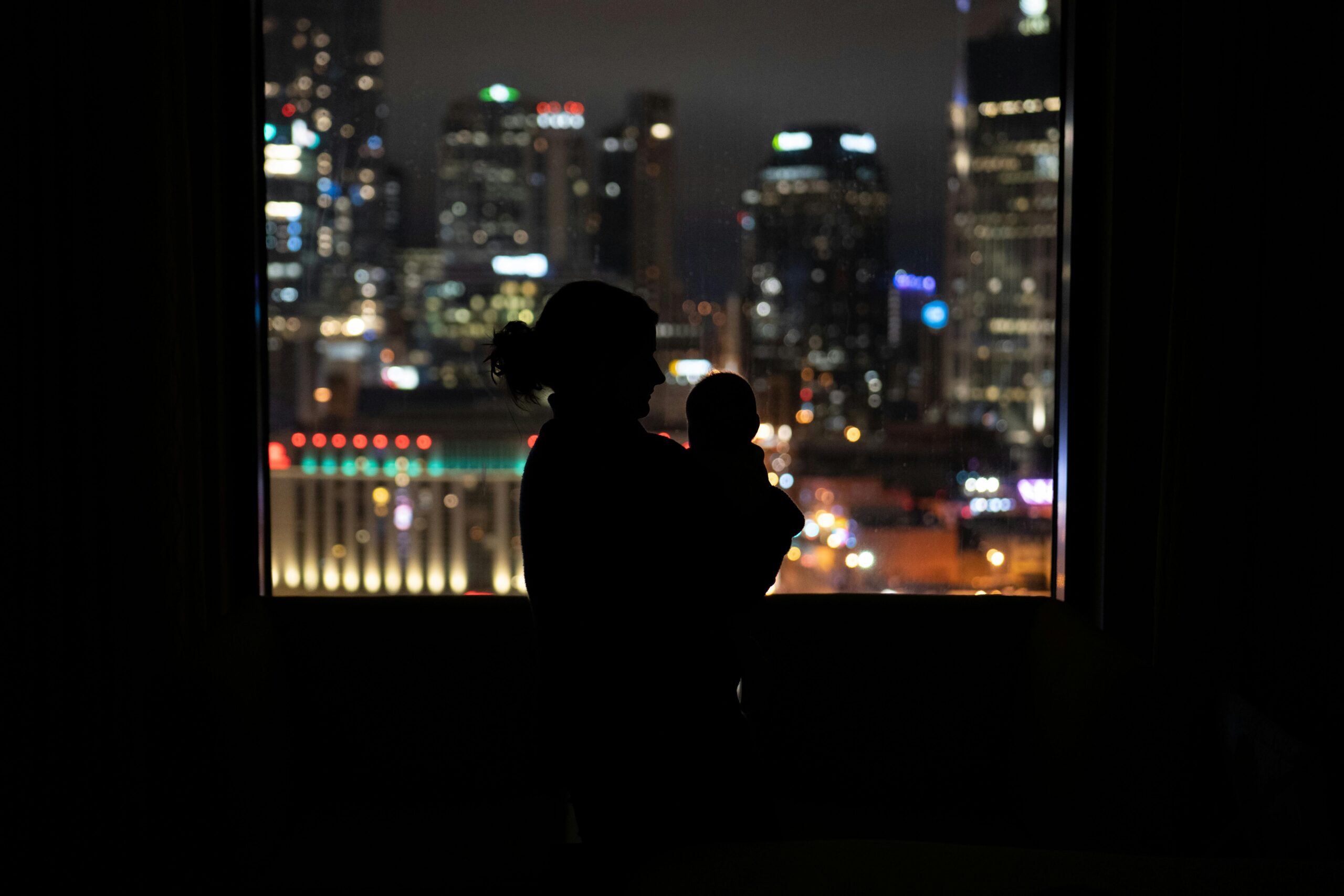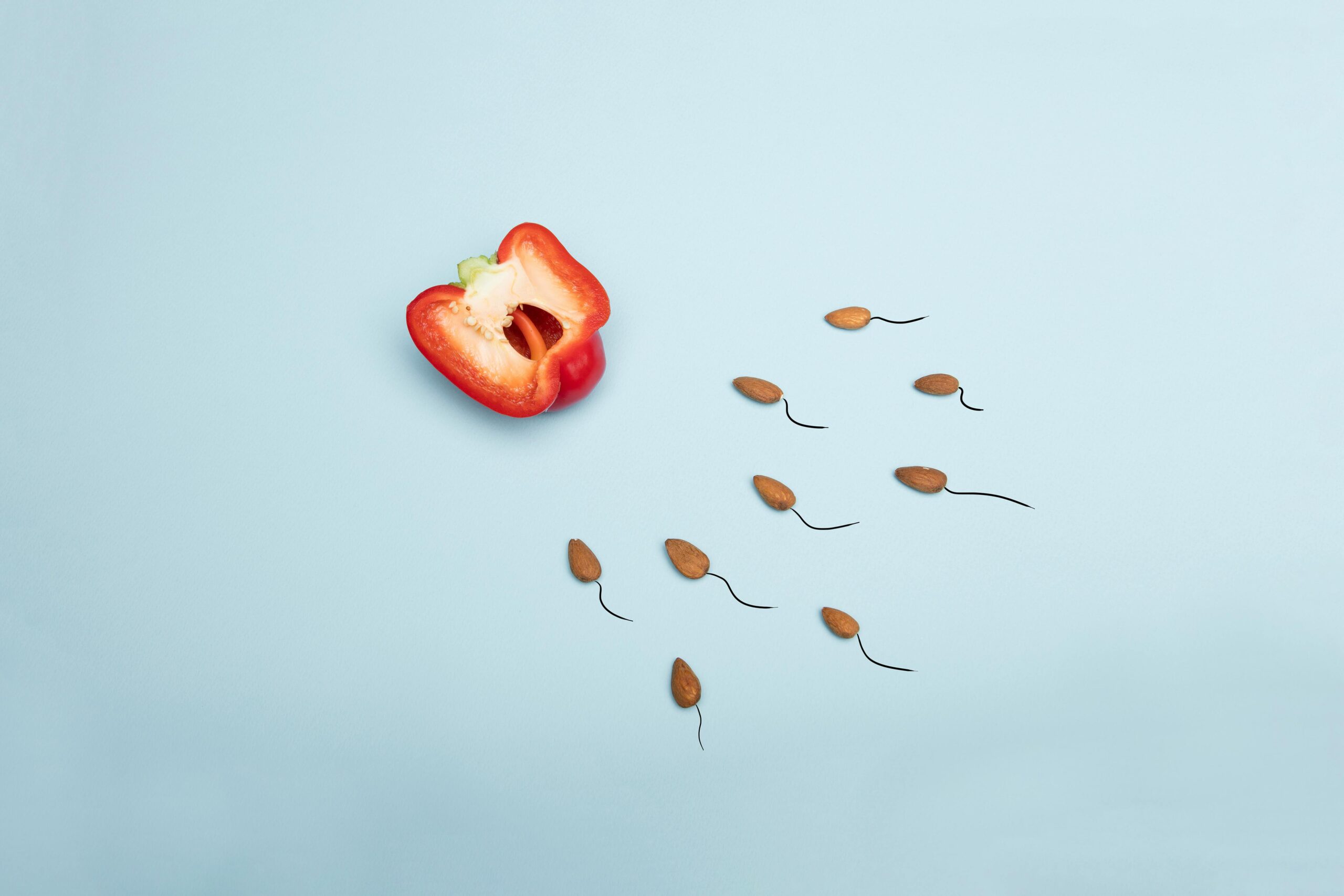
As a parent, you probably would have noticed how much your baby loves being wrapped up in your arms. Sometimes, being carried by other people doesn’t count for them. They know the distinct feeling of being held by their parent. But the truth is even though it’s a great time to bond and take nice pictures for the gram, toting them all isn’t always realistic for families on the go.
That’s where the various types of baby carriers come in handy. You probably have heard of babywearing before; a practice of always carrying your baby conveniently. These are carriers custom-designed for babies. Here are items you’d need to carry your baby conveniently.
- Baby Wraps
They have been around for quite a long time and do a great job in keeping your baby close to you while your hands are free. Baby wraps are pieces of long fabrics or cloth that are tied and knotted around you to form a punch either on your chest, back, or hip so your little one can sit comfortably.
Usually, the material is wrapped over your shoulders down to your chest such that the baby’s weight is shared between your shoulders and hips. Baby wraps are completely different from other carriers, because there aren’t materials like buckles or rings that might scar your child’s body.
- Hip Seat Carrier
It is a type of carrier which makes carrying your baby on any side of your body in the hip carry position possible. Katherine Rosman did a review of some of the best hip seat carriers to help you make the right decision. Getting a seat is something you need so you can move the pressure of your baby’s weight to another side when you’re tired.
The hip seat carriers have a detachable panel that is fixed to the seat’s waistband. Remove the panel and you can place the hip seat on either side of your waist that would be comfortable for you. Attach the back panel and you wouldn’t need to hold your child.
- Baby Backpacks
Another useful item that can be used to carry your child is a baby backpack carrier. It is similar to the backpacks used when you go camping. The difference, however, is that a seat for the baby takes up the storage compartment’s space and comes with fabric fixed on a strong aluminum frame. It has frames and straps that evenly distribute your baby’s across your shoulders and hips.
If your baby is up to 6 months and can sit up on their own, they’re old enough to ride in a backpack. Babies not up to that age may stick to the normal front carrier.
Baby backpacks are easier to operate than a stroller because of how efficient it distributes the baby’s weight. You can go for long hikes and not have to pause from pushing a stroller. There is the framed and unframed type of backpack. It is the framed backpack carrier that distributes the baby’s weight and is a little bit expensive while the unframed can weigh you down.
- Front Carrier
One of the most popular types of carriers most moms are used to is the front baby carriers. They are made up of two shoulder straps that hold the fabric seat where your baby would sit. The front carriers are built in such a way that your baby sits on your chest and can either be faced inwardly or outwardly. It comes with some settings that can help you distribute the weight of your baby across your shoulders and back.
Newborns can be carried with front carriers including babies that weigh up to 30 pounds. Keep in mind that babies less than 5 months would need more support from the carrier for their heads to rest on.
They allow the baby to either face outward exploring the world while remaining close to you.
- Child Safety Seats
These are seats built specially to keep babies safe from injury or death when there is a vehicle collision. They are more seats than carriers and you can get them installed in your car. If you’re lucky, car manufacturers can integrate it into the vehicle’s design.
There are various baby carriers for different occasions from going on a long hike to running through the airport, shopping at the mall, cooking, or even mountain climbing (if you’re willing to take that kind of risk). Do well to select the one you and your child would be comfortable wearing and is within your budget.

















